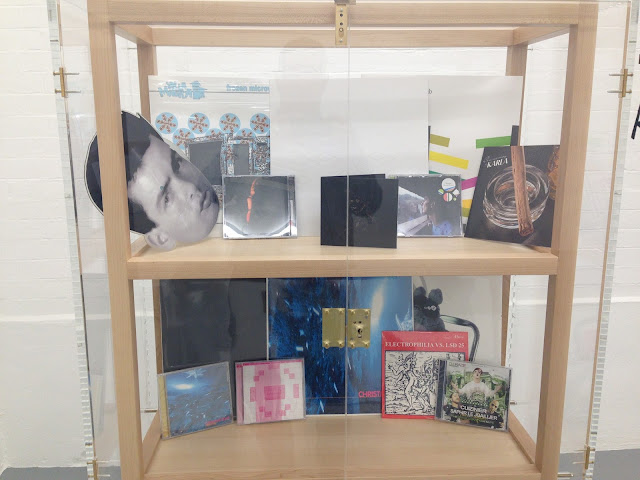HERMES
FESTIVAL DES METIERS
SAATCHI GALLERY
LONDON
21 - 27 MAY 2013
THE HERMES TRAVELLING ATELIER SHOWCASE, STARTED IN 2011, ARRIVES IN LONDON WITH A PRESENTATION DESIGNED BY PAOLA NAVONE. HERMES WISHES TO OPEN ITS PROCESSES TO A WIDER PUBLIC AND ESPECIALLY TO A YOUNGER AUDIENCE, AND WAS SUCCESSFUL IN THIS WITH VISITORS OF MIXED AGES AND BACKGROUNDS.
THE AUDIENCE INTERACTED WITH CRAFTSPEOPLE FROM A SELECTION OF ATELIERS AND COULD WATCH CLOSELY AND ASK QUESTIONS, THROUGH AVAILABLE TRANSLATORS, ON THE PRODUCTION PROCESSES.
THE SILK PRINTING PROCESS WAS ESPECIALLY ATTRACTIVE TO VISITORS WITH MANY EVEN PRODUCING THEIR OWN SCARVES IN ORDER TO ASK THE EXPERTS QUESTIONS ON THEIR PRODUCTION AND VALUE AS COLLECTIBLE ITEMS.
MAROQUINIER (LEATHERWORKER)


HORLOGER (WATCHMAKER)
THE WATCHMAKER, CHARLOTTE KAESER, WHO WORE A MOST BEAUTIFUL HERMES WATCH HERSELF, SHOWED US THE ABSOLUTE PRECISION AND CARE OF HER WORK.

SERTISSEUR (GEM SETTER)
THE TRANSLATOR POINTS TO THE DIAMOND ABOUT TO BE SET.
PEINTRE SUR PORCELAINE (PORCELAIN PAINTER)
CONFECTIONNEUR DE CRAVATES (TIE MAKER)
REMAILLEUR (TWIN-SET LINKER)
WE LAUGHED ALONGSIDE DONATELLA CRISONI, THE TWIN-SET EXPERT, ON FINDING OUT SHE PERFORMED HER WORK FROM HER ATELIER IN MONACO.
IMPREMEUR SUR SOIE (SILK PRINTER)
FREDERIC LIBAUD AND KAMEL HAMADOU, THE MOST CHARMING OF GENTLEMEN, DEMONSTRATED THE SILK PRINTING WHILE EXEMPLIFYING THE CARE, FOCUS AND WELCOME, SHOWED TO ALL BY THE CRAFTSPEOPLE AT HERMES.
THE PROCESS TO PRODUCE A SILK SCARF:




THE FINISHED PRINTING.










































